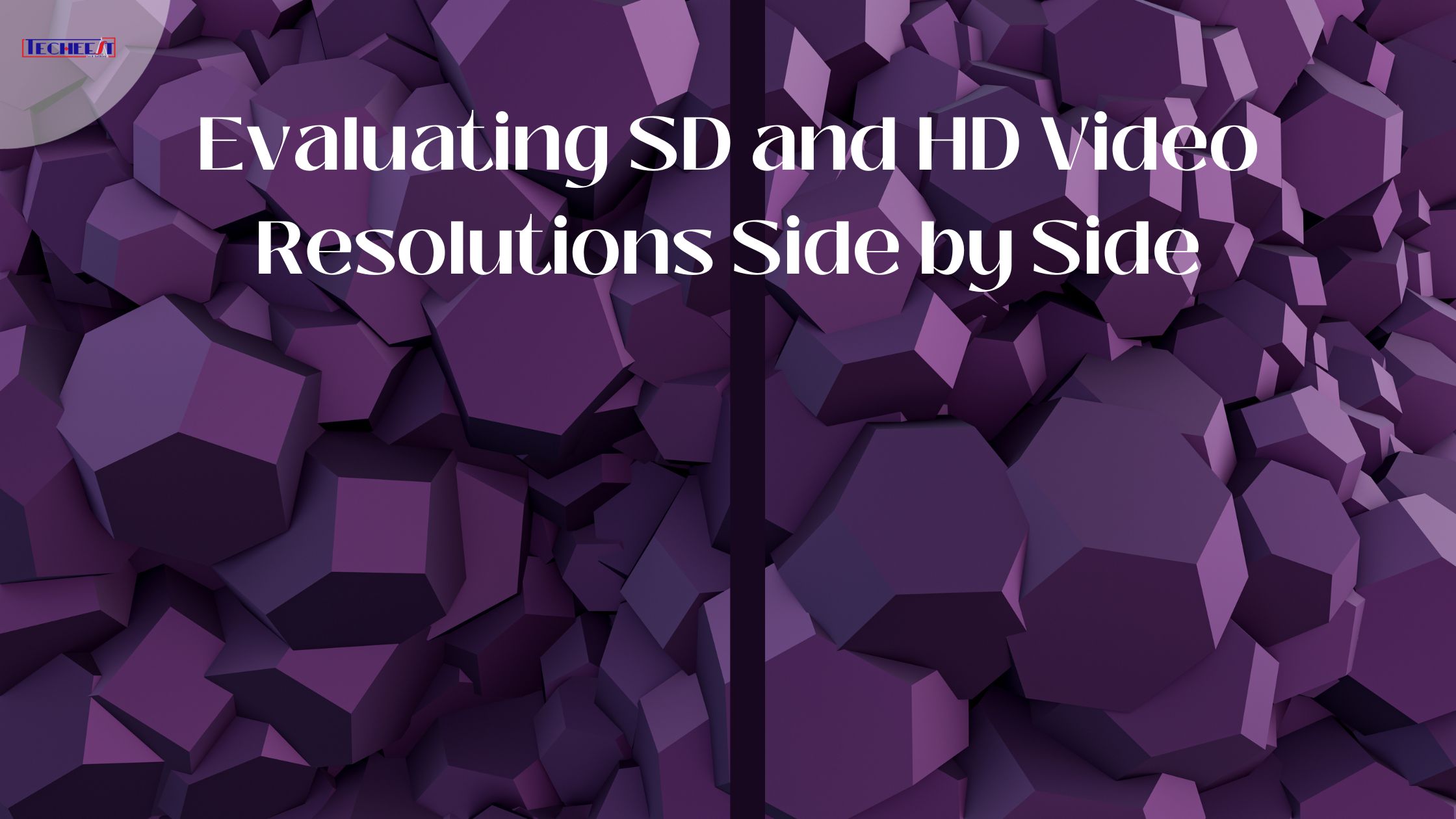The quality of the video we see is crucial in the era of digital media. The differences between different video resolutions grow more important as technology develops. High Definition (HD) and Standard Definition (SD) are two strong competitors in this area. It’s essential to examine the specifics of these resolutions’ pixel accuracy in SD and HD video resolutions and how they affect our perception of information in order to fully understand their effects on visual clarity and immersion.
Understanding Video Resolutions:
The quantity of pixels in a video frame is referred to as video resolution. An image becomes crisper and more detailed the higher the resolution because more pixels are crammed into the frame. When it comes to pixel accuracy, SD and HD represent the two opposite extremities of the spectrum, and the distinctions between them are clearly discernible, especially on larger screens.
SD: Standard Clarity:
A basic degree of visual quality is provided by standard definition video, which is sometimes identified by resolutions like 480p. Although SD’s pixel count is rather modest, it used to be the standard for television broadcasts and early digital material. As a result, visual fidelity can be restricted and images may appear less sharp or with less defined details.
HD: Crystal Clear Precision:
High Definition video brings a huge increase in pixel density, as seen in resolutions like 720p, 1080p, and beyond. Images as a result are sharper, more vivid, and more detailed. The visual acuity of the human eye is designed to be mimicked by HD resolutions, producing a realistic viewing experience that captures subtleties with incredible accuracy.
Comparing SD and HD Side by Side:
The value of a side-by-side comparison in understanding the differences between SD and HD resolutions cannot be overstated. Take a look at a video in SD and consider how the fine details could appear a little blurry or unclear. When you flip to the same video in HD, the difference is immediately noticeable. Edges are sharper, colors are more vivid, and textures are better defined. This improvement in clarity increases viewers’ overall involvement and immersion.
Implications for Content Creation and Viewing:
Filmmakers and content producers must decide which resolution is best for their respective projects. While SD might be adequate for some platforms or aesthetic purposes, HD has taken over as the norm for the majority of contemporary media consumption. Whether it’s through streaming services, HD television broadcasts, or cinematic experiences, HD resolutions guarantee that spectators are exposed to images that astonishingly accurately reflect reality.
The Evolution to Ultra HD and Beyond:
The resolutions of videos also advance with technology. The most recent frontiers, Ultra High Definition (UHD) and 4K resolutions, offer even more pixels and unmatched levels of clarity. By bringing viewers nearer to the action and finer details of the content they enjoy, these resolutions are changing the landscape of digital entertainment.
Conclusion:
The core of our video experience is pixel precision. The difference between SD and HD video resolutions exemplifies how technology may improve our visual experiences. Understanding the subtleties of video resolutions helps us appreciate the commitment and creativity that go into making compelling material as we become more and more immersed in the realm of digital media. The next time you watch a video, whether it be a movie, a television program, or an online clip, think about how the pixel detail adds to the magic of your watching experience.

